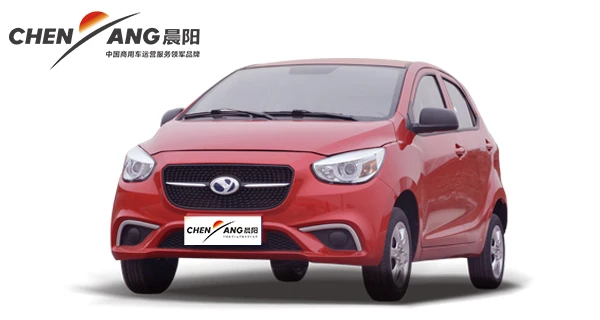Understanding DSG Automatic Transmission and Its Advantages for Modern Vehicles
Understanding DSG Automatic Transmission A Modern Marvel of Engineering
The DSG (Direct Shift Gearbox) automatic transmission represents one of the most significant advancements in automotive technology in recent years. Combining the smooth operation of a traditional automatic transmission with the efficiency of a manual, the DSG system stands out for its ability to provide drivers with a more engaging and responsive driving experience. In this article, we will explore the mechanics, benefits, and implications of DSG transmissions in modern vehicles.
What is DSG Transmission?
Developed by Volkswagen, the DSG is often categorized as a dual-clutch transmission (DCT). This innovative gearbox uses two separate clutches for odd and even gears. Instead of using a single clutch that alternately engages and disengages to shift gears, the DSG can pre-select the next gear while the current gear is still engaged. This allows for seamless and nearly instantaneous shifts, which significantly enhances performance and fuel efficiency.
Mechanics Behind DSG
The mechanics of a DSG transmission are fundamentally different from both traditional automatic transmissions and manual gearboxes. At its core, the DSG consists of two input shafts, each connected to a separate clutch. One clutch controls the even-numbered gears while the other controls the odd-numbered gears. When the driver accelerates, the first clutch engages to drive the current gear. Meanwhile, the system prepares the next gear by pre-selecting it through the second clutch. This unique setup minimizes the time needed to shift gears, resulting in quicker acceleration and a more responsive performance.
Advantages of DSG
1. Speed of Shifts One of the hallmark features of DSG transmissions is their ability to shift gears in a fraction of a second. This fast gear change not only enhances acceleration but also offers a sportier driving experience that many enthusiasts crave.
dsg automatic transmission

2. Fuel Efficiency DSG transmissions are designed to optimize engine performance, which translates to significant fuel savings. The near-instantaneous shifts help maintain optimal power delivery, allowing the engine to operate more efficiently.
3. Driver Engagement While traditional automatics often leave drivers feeling detached from the driving experience, the DSG provides an engaging alternative. Many DSG systems include paddle shifters that allow drivers to manually control gear changes, offering a sporty and interactive experience.
4. Versatility The DSG is adaptable to a wide range of driving conditions, whether in urban traffic or on the open highway. The transmission can switch seamlessly between automatic and manual modes, allowing the driver to choose how they want to interact with the vehicle.
Challenges and Considerations
Despite its many advantages, the DSG is not without challenges. Some critics have pointed to the initial cost of these transmissions, as they are typically more expensive to manufacture than traditional automatic systems. Additionally, maintenance requirements can be higher due to the complexity of the technology. It's also worth noting that, in certain situations, drivers may experience a slight delay in engagement, particularly in low-speed scenarios or when starting from a complete stop.
Conclusion
The DSG automatic transmission is a remarkable technological achievement that has redefined the standards for gear shifting in modern automobiles. Its combination of speed, efficiency, and driver engagement makes it a compelling choice for car enthusiasts and everyday drivers alike. As automakers continue to innovate and improve upon this technology, the DSG transmission represents a glimpse into the future of automotive performance. Ultimately, it exemplifies how engineering advancements can elevate the driving experience, merging efficiency with enjoyment. The DSG is not just a transmission; it is an embodiment of the evolution of automotive technology.
-
SINOTRUK HOWO 84 Electric Dump Truck for Eco-Friendly Heavy HaulingNewsJul.26,2025
-
The Fast 16-Gear Manual Transmission Assembly for Heavy TrucksNewsJul.25,2025
-
Mercedes Benz Actros 1848 42 Tractor Truck for Sale - Reliable PerformanceNewsJul.24,2025
-
High-Quality Water Pump Assembly for Sinotruk Trucks – Durable & ReliableNewsJul.23,2025
-
Premium Truck Engine Antifreeze Coolant Fluid for Heavy Duty VehiclesNewsJul.22,2025
-
FOTON View G7 Mini Bus: Affordable & Spacious TransportNewsJul.22,2025
Popular products

























